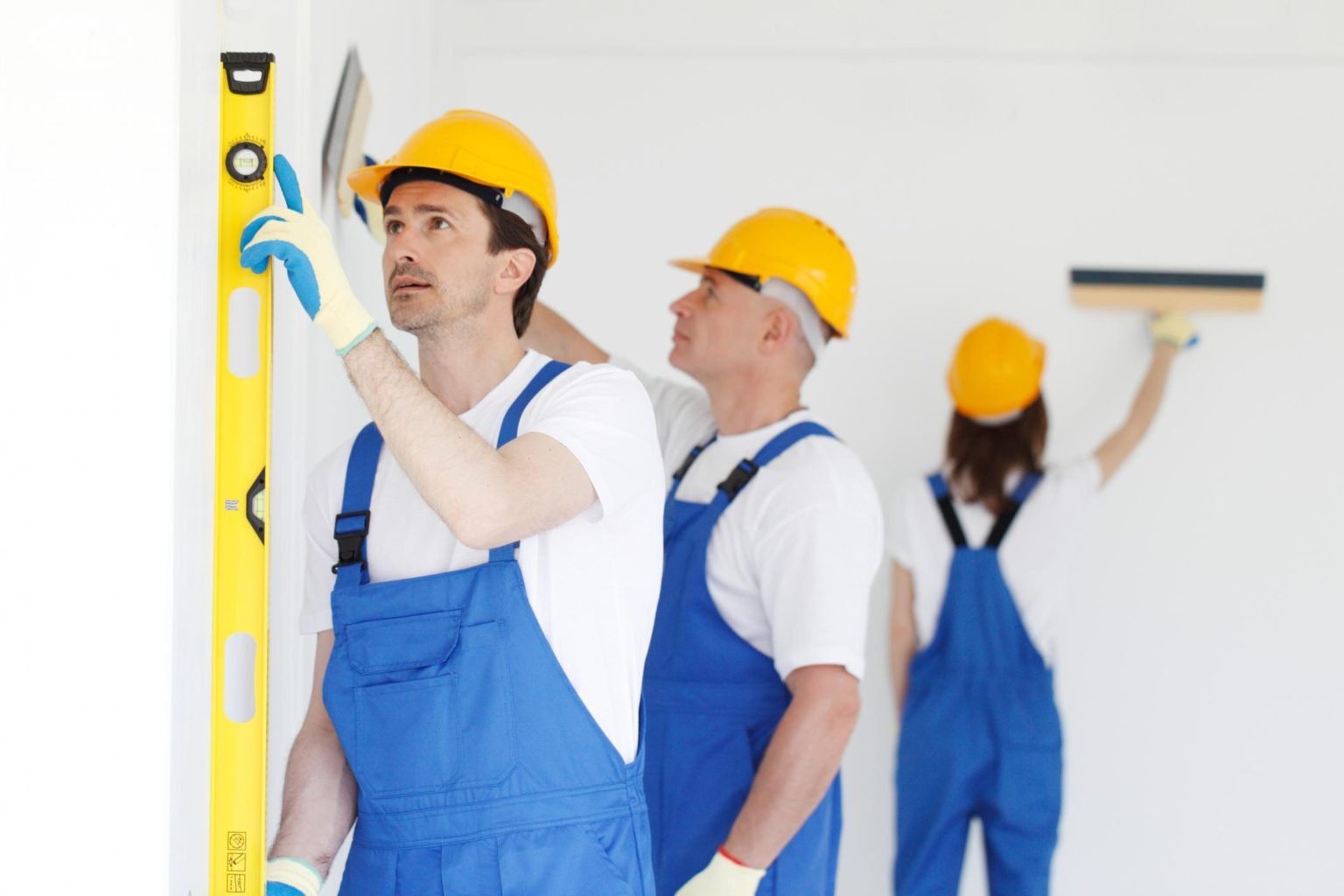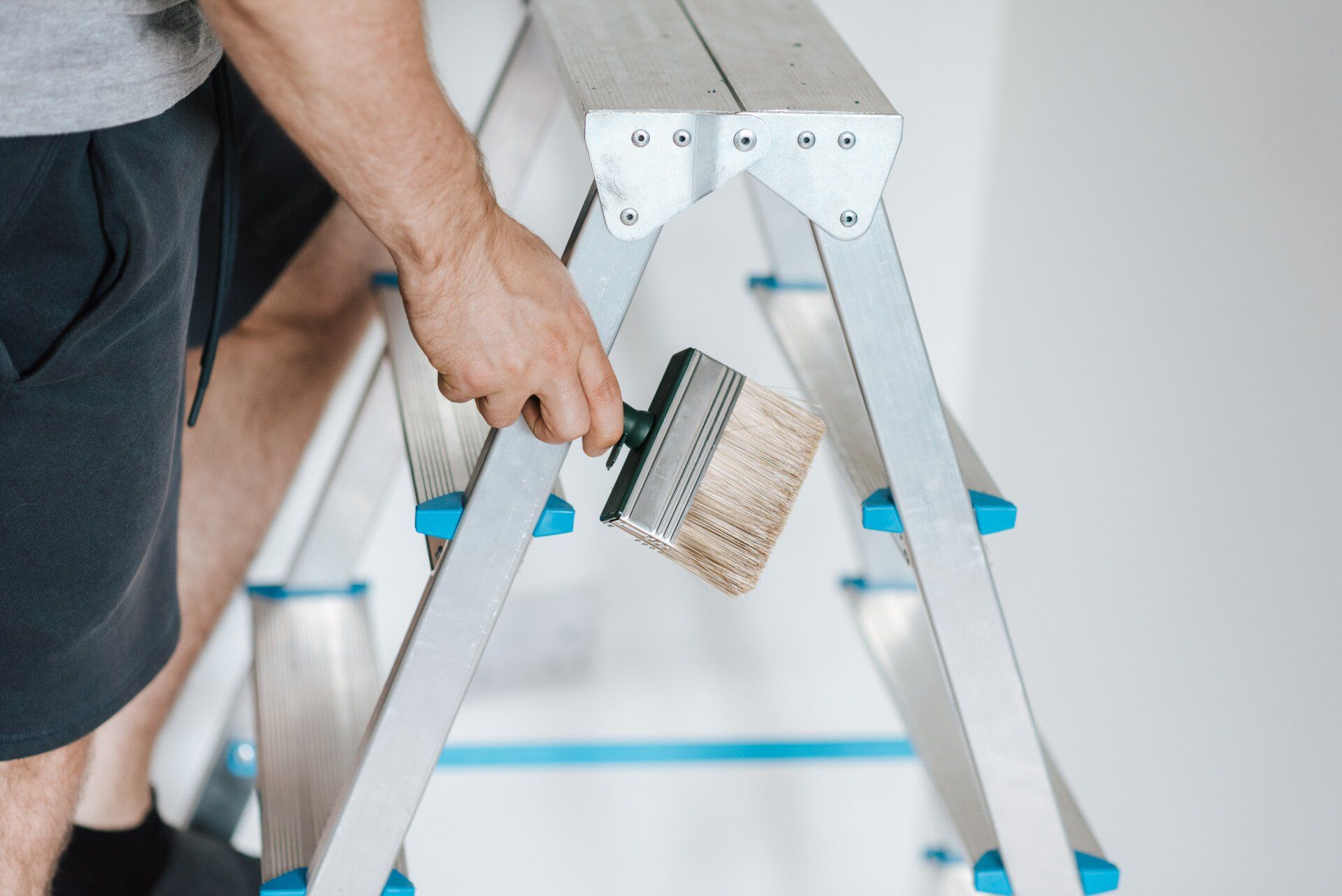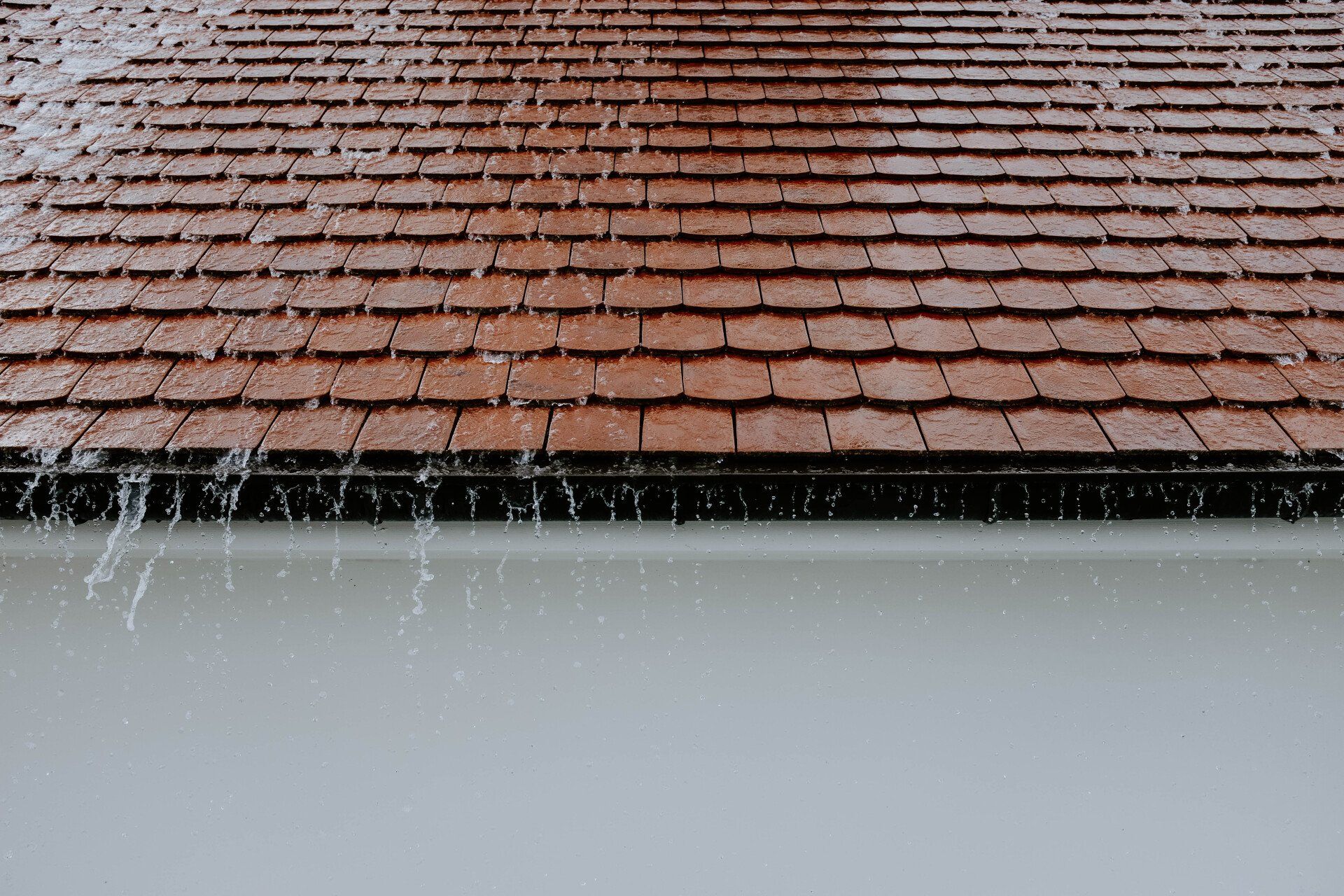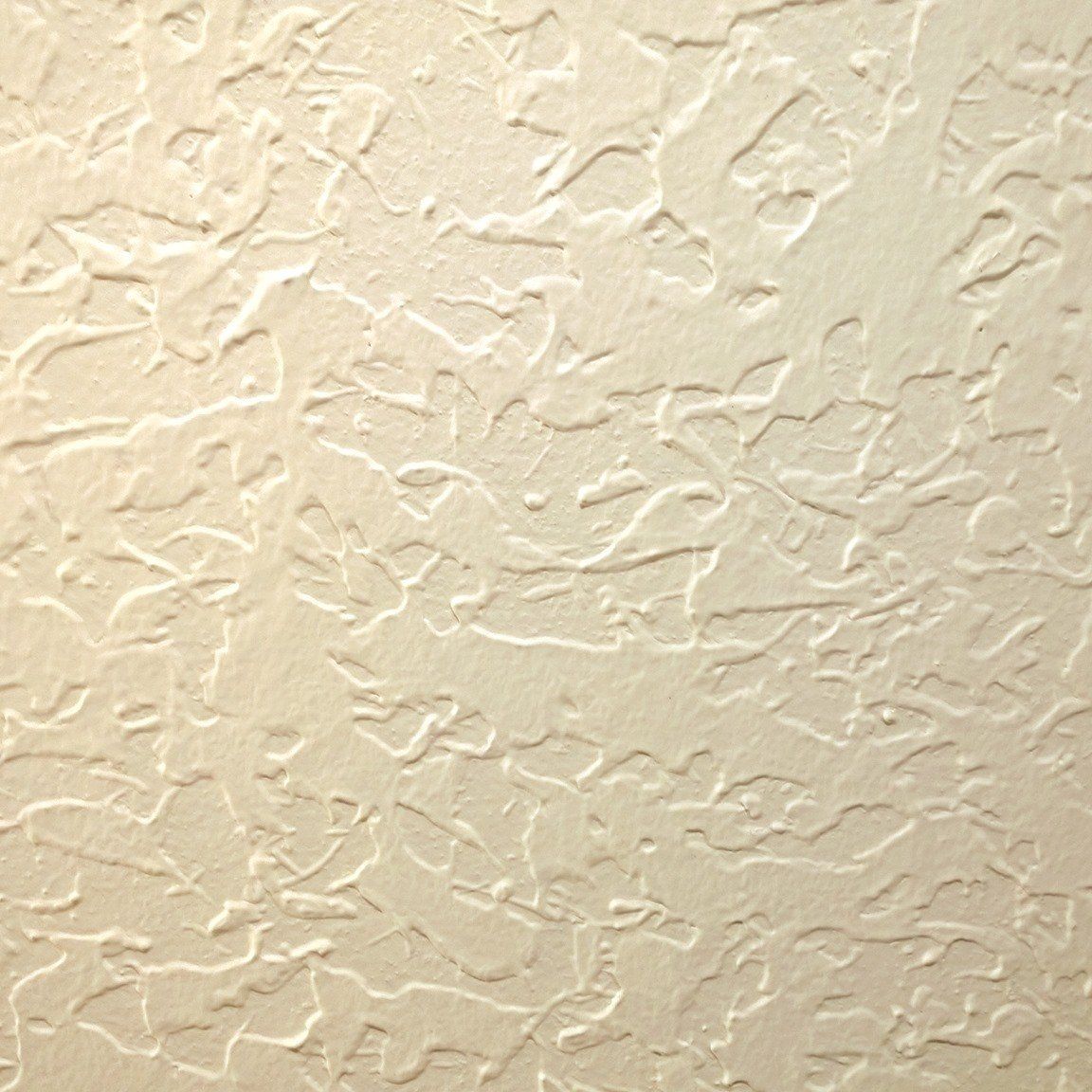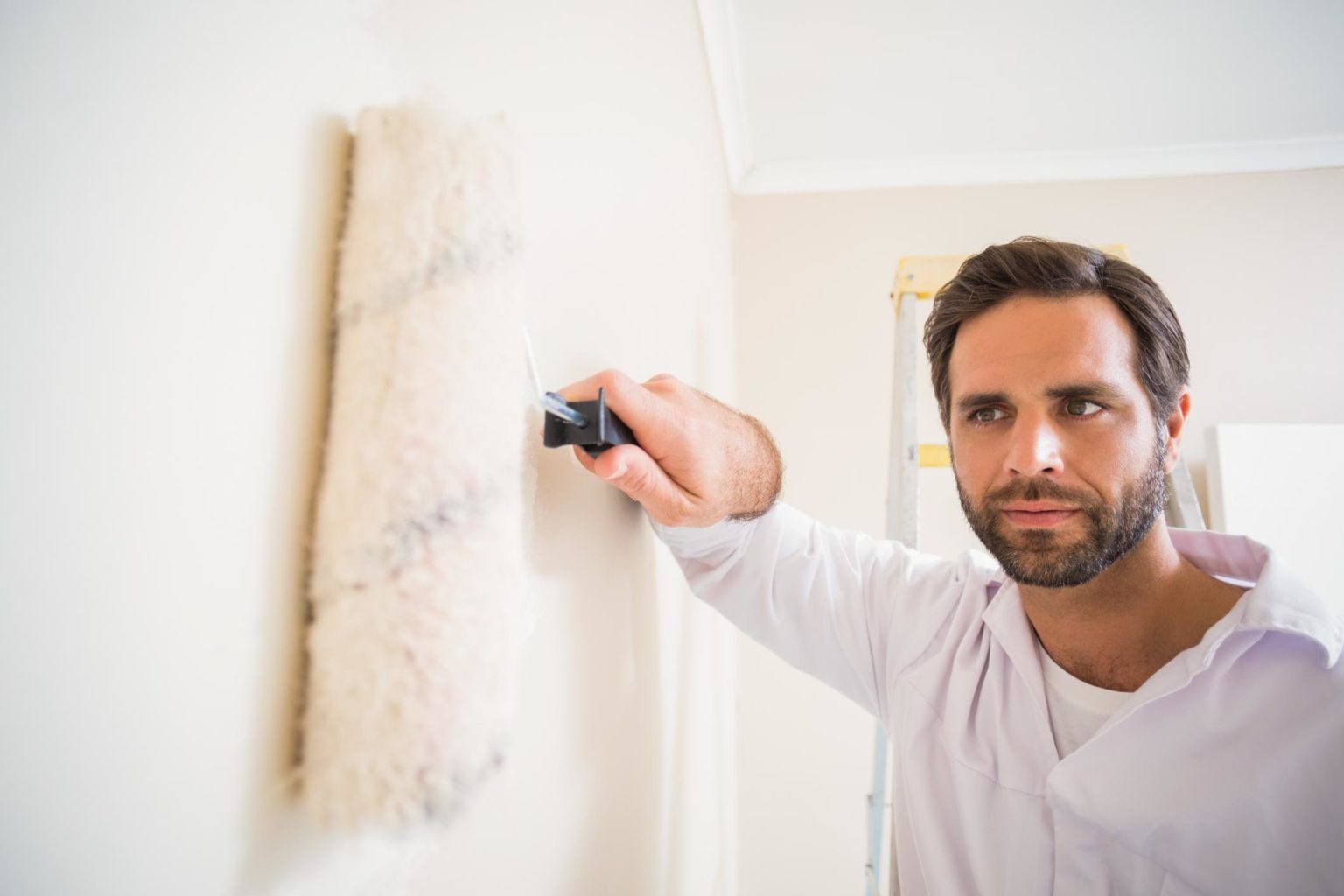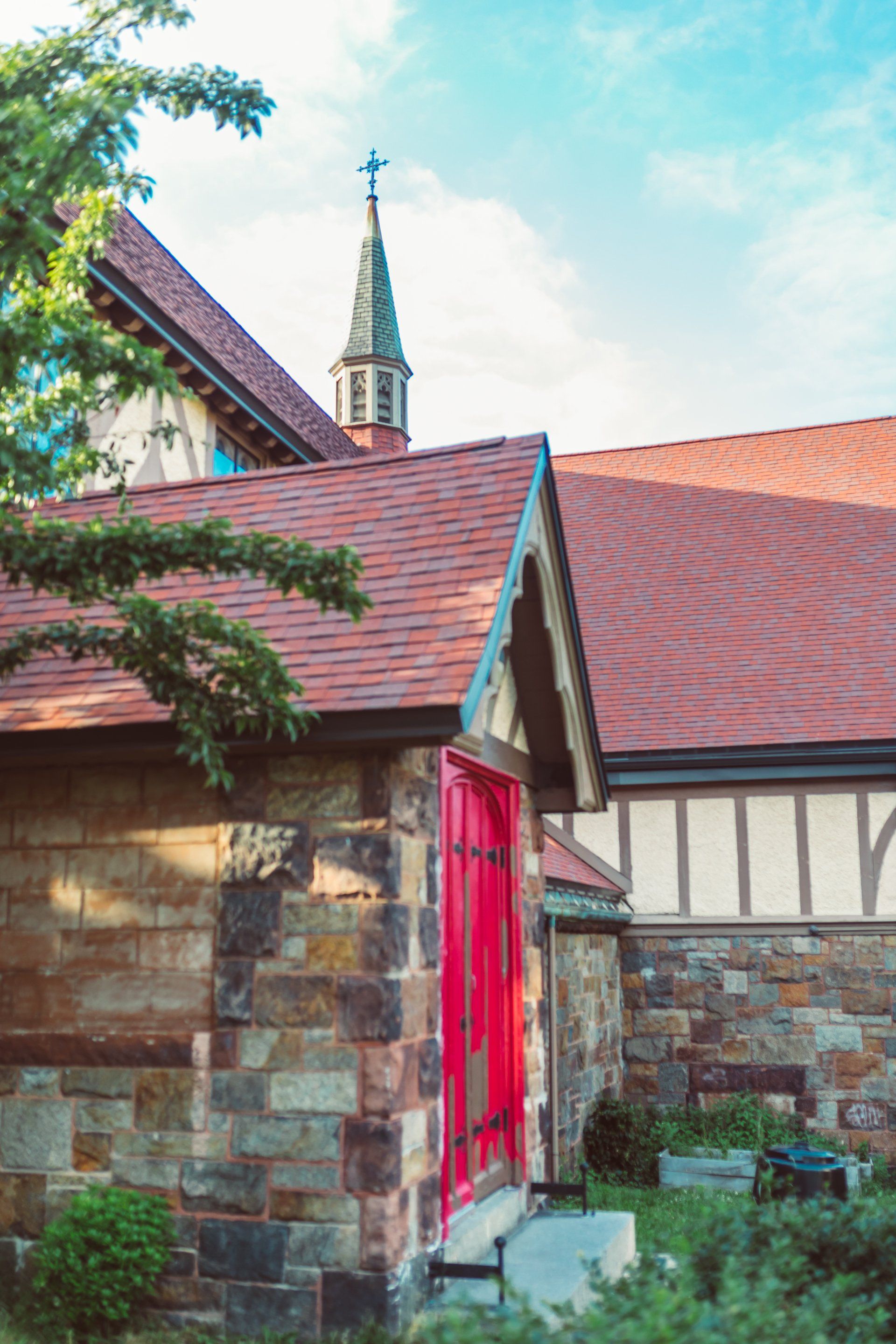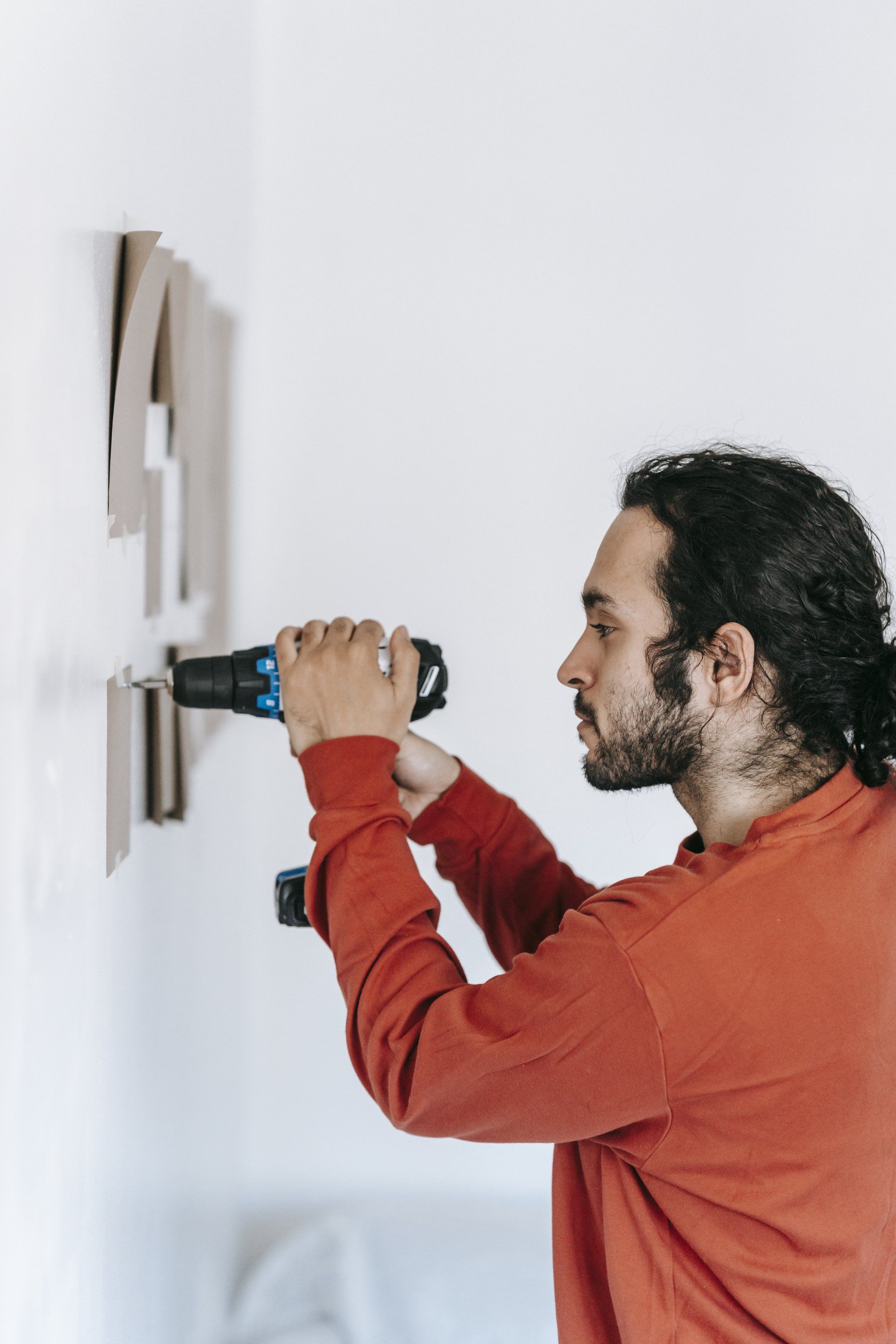Addressing Mistakes Leading to Ceiling Water Damage
Preventing and Repairing Ceiling Water Damage: Navigating Costs and Construction Challenges
Ceiling water damage is a prevalent issue in many buildings, often resulting from various construction errors.
This article delves into these mistakes, highlighting how they contribute to different forms of ceiling water damage such as sagging, cracking, and damage to specific types like popcorn ceilings. We also explore the cost implications of repairing such damages and the importance of seeking professional help.
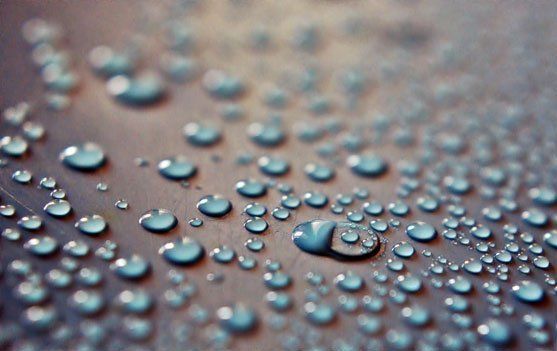
Common Construction Mistakes Leading to Ceiling Water Damage
Improper Installation of Roofing Materials: One of the primary causes of ceiling water damage is poorly installed roofing materials. If shingles or roofing tiles are not correctly laid, it can lead to water seepage, significantly contributing to bathroom ceiling water damage and other areas directly beneath the roof. This can result in extensive water damage that may affect the attic, drywall, and joist structures. Over time, mold and mildew can develop, necessitating costly ceiling water damage repair. Additionally, such issues may impact home insurance claims, as insurance companies often scrutinize the cause of water damage. Proper installation and maintenance of roofing materials are essential to avoid asbestos exposure, plumbing issues, and pest infestations.
In severe cases, improper roofing can lead to flood damage, increasing the cost of home improvement projects. Utilizing quality paint, plaster, and joint compound for repairs can mitigate some of the damage. Homeowners should regularly inspect their basement and attic for signs of leaks, ensuring they address any issues promptly to avoid higher ceiling water damage repair costs. Regular maintenance and prompt repairs can save on price and preserve the foot value of your home.
Faulty Plumbing: Defective plumbing is another significant contributor to ceiling water damage, especially in multi-story buildings with stacked bathrooms. Leaking pipes can result in bathroom ceiling water damage, which if not fixed promptly, can worsen over time. This moisture buildup can lead to stains on the ceiling and damage to lath and plaster or popcorn ceiling finishes. A reliable handyman can address these issues by sealing leaks with caulk and performing necessary patch repairs. In some cases, more extensive work involving a general contractor or electrician may be required to repair or replace damaged beams or floor structures. To prevent future damage, consider waterproofing measures and maintaining proper humidity levels in affected rooms. Additionally, inspecting wood and furniture for termite damage and ensuring tiles and adhesive are intact can help mitigate further issues. Addressing plumbing defects promptly can save on fees and prevent costly repairs, ensuring your home remains safe and comfortable.
Inadequate Waterproofing: Inadequate waterproofing around areas prone to moisture, like bathrooms and kitchens, can lead to persistent moisture problems. This often results in sagging ceiling water damage, where the ceiling begins to droop due to prolonged exposure to water. Homeowners should regularly conduct an inspection to detect early signs of water leaks and ceiling damage. Ignoring such issues can increase water damage costs and necessitate extensive water damage repair. Promptly addressing a water leak and performing water damage restoration can prevent a water damaged ceiling from deteriorating further. For immediate concerns, it's advisable to request service from professionals to repair water damage efficiently. Proactive measures and proper waterproofing can save on water damage ceiling repairs and ensure a safe and dry living environment.
Poor Ventilation: Buildings with poor ventilation, particularly in moisture-laden areas like bathrooms and kitchens, are more susceptible to ceiling water damage. Moisture accumulation can lead to issues like popcorn ceiling water damage, where the textured surface absorbs water, leading to damage. This can increase the cost of repairing ceiling water damage and the overall ceiling repair cost. Proper ventilation is crucial during renovation and construction to prevent moisture buildup.
Excess moisture can also affect carpets, walls, and even the foundation of the building. Using spackling paste for minor repairs and ensuring thorough dust and debris cleanup can mitigate further damage. For mobile homes, proper ventilation is even more critical due to their design and materials. Implementing soundproofing measures and investing in good ventilation tools and techniques can improve indoor air quality and overall health. Homeowners should prioritize ventilation improvements as part of their interior design strategy, especially in areas prone to moisture like the shower and kitchen. Regular maintenance and using the right tools can ensure a healthy living environment and protect the warranty on construction materials.
Repair and Cost Implications
Fixing Ceiling Water Damage: Repairing ceiling water damage typically involves identifying the source of the leak, drying out the area, and then repairing or replacing damaged materials. Repairing drywall ceiling water damage can be particularly challenging, as it often requires replacing entire sections of drywall.
Cost of Repairing Ceiling Water Damage: The cost to repair drywall ceiling water damage varies depending on the extent of the damage and the labor involved. For minor repairs, the cost may be relatively low, but extensive damage, especially in cases of sagging or popcorn ceiling water damage, can be more expensive.
Professional Assistance: For effective and reliable repair, seeking 'ceiling water damage repair near me' is advisable.
Professionals can assess the extent of the damage, provide an accurate estimate of the cost of repairing ceiling water damage, and offer quality repair services. However, when it comes to professional assistance our
ceiling water damage services are worth the try.
Prevention and Maintenance
Regular maintenance and prompt repairs are key to preventing ceiling water damage. This includes routine checks of roofing and plumbing, and ensuring adequate ventilation and waterproofing. Early detection of signs like a crack in the ceiling water damage can prevent more significant issues.
Conclusion
Understanding the various construction mistakes that lead to ceiling water damage is crucial for prevention and effective repair. Addressing these issues promptly not only saves on the cost of repairs but also ensures the structural integrity and safety of the building. Regular maintenance and seeking professional help when necessary are vital steps in managing and preventing ceiling water damage.
Ready to work with Dallas Drywall Contractor Pros?
Let's connect! We’re here to help.
Send us a message and we’ll be in touch.
Or give us a call today at 469-908-1924

